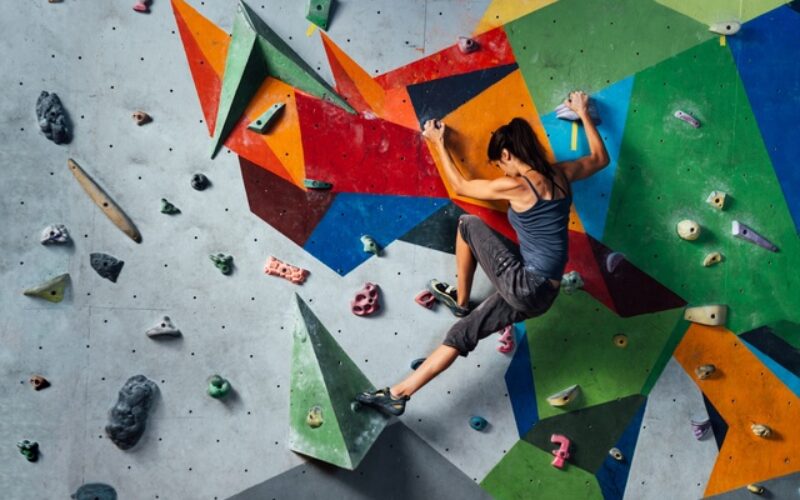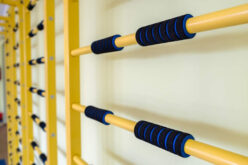Recreation facilities play an integral role in fostering wellness, social connection, and stress relief. Campuses must consider creative and practical approaches to keep up with evolving student interests and needs.
Here are five ways to develop student-focused recreation facilities that can truly serve today’s students.
1. Prioritize Versatile Spaces
Students have varied interests, so flexible spaces are key. Multi-use rooms that easily convert from yoga studios to dance floors or esports arenas maximize limited campus real estate. A versatile design allows students to customize their experience, keeping facilities active throughout the day and evening.
This adaptability also accommodates different group sizes and activities without costly renovations. Incorporating movable walls, modular furniture, and adaptable lighting further enhances the flexibility of these spaces.
2. Integrate Technology
Modern recreation facilities benefit greatly from smart tech integration. Consider adding apps for class scheduling, fitness tracking, or virtual workouts to keep students engaged inside and outside the facility.
Technology also streamlines facility management, enabling staff to effectively monitor equipment usage and maintenance needs. Some campuses have successfully incorporated virtual reality (VR) fitness experiences, which add an immersive, gamified dimension to workouts that can increase motivation.
3. Focus on Accessibility and Inclusivity
Ensuring all students feel welcome means going beyond basic Americans with Disabilities Act (ADA) compliance. Providing adaptive equipment, sensory-friendly spaces, and quiet zones allows students with different abilities and needs to participate fully. Creating an equitable environment fosters a sense of belonging and supports student wellness.
Staff training on inclusivity and cultural competence improves the overall atmosphere and responsiveness to diverse student needs. Partnering with student organizations focused on disability advocacy can also provide valuable insight and advice.
4. Make Fitness an Experience
Facilities should evolve in line with student interests to remain relevant. New generations of students are looking for experiences, not just workouts. They seek opportunities that feel adventurous, social, and mentally engaging rather than simply repetitive or routine. One such example is wall climbing, which combines physical activity with problem-solving, personal challenge, and community.
It’s this kind of multidimensional value that explains why climbing walls are the trend in dorm fitness. More campuses are incorporating them into their facilities to attract engagement and offer something beyond traditional gym equipment.
5. Encourage Social Connection
Recreation isn’t just physical; it’s social. Designing spaces that promote casual gatherings, group activities, or intramural sports helps students develop relationships. Comfortable lounges, communal tables, and event spaces foster a sense of community and belonging.
These social opportunities also have a positive impact on mental health and campus culture. Hosting fitness challenges, group classes, and social events in the facility further promotes engagement.
Keep Students at the Center
One last way to develop student-focused recreation facilities is to keep an open line of communication with students. Continual feedback and adaptability are crucial as interests and wellness trends evolve. By listening and responding, campuses can create vibrant spaces that evolve in tandem with their student body.
These five ways to develop student-focused recreation facilities can ensure that recreation centers remain relevant, inclusive, and inspiring places for all.
Image Credentials: By Artranq, 234883330
end of post … please share it!
PAYING FOR COLLEGE: getting the aid you need
-------------------------------------------------------------------------------------------------------------
end of post idea
-------------------------------------------------------------------------------------------------------------
view home improvement ideas at our Photo Remodeling center











